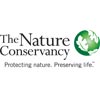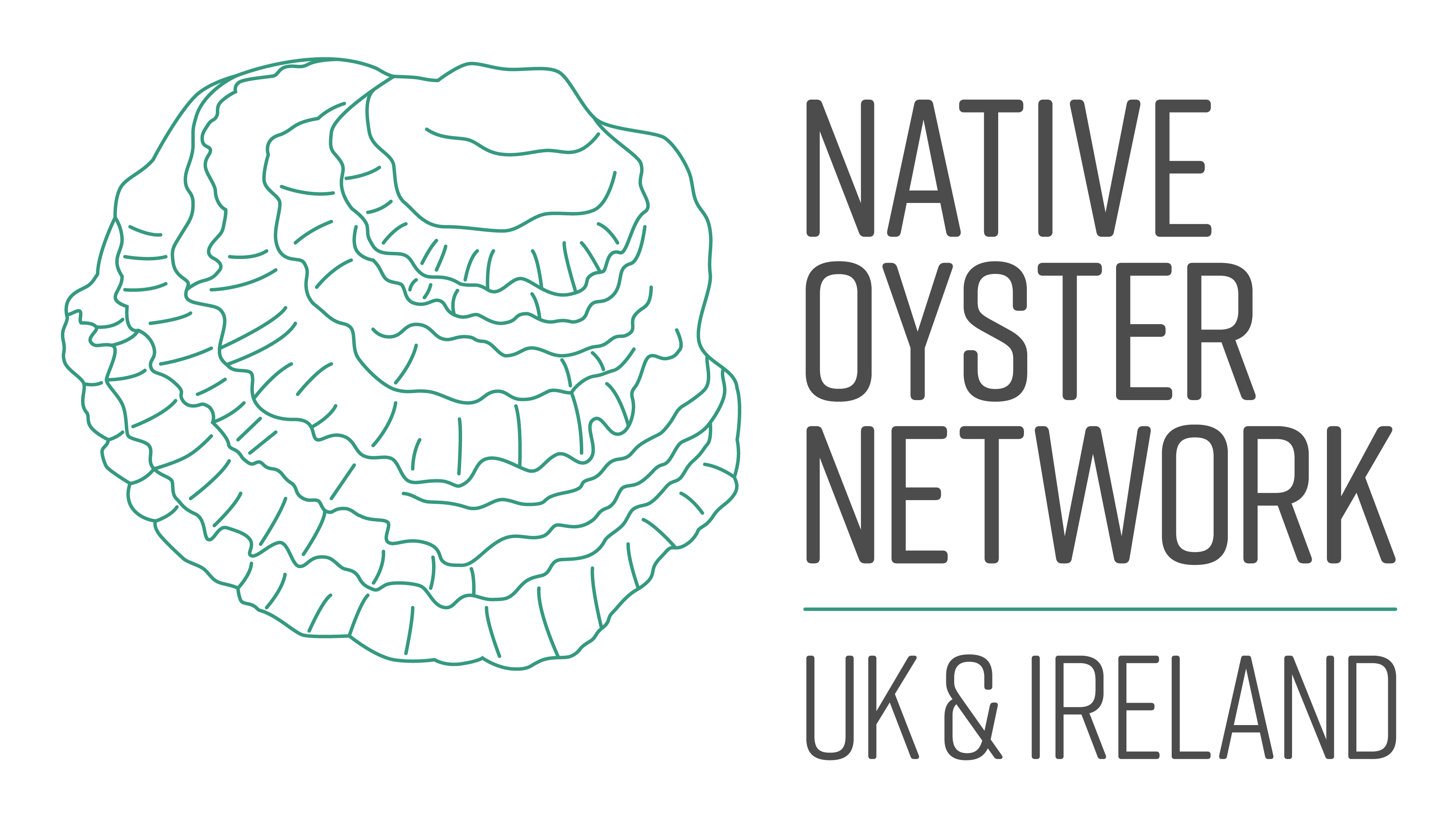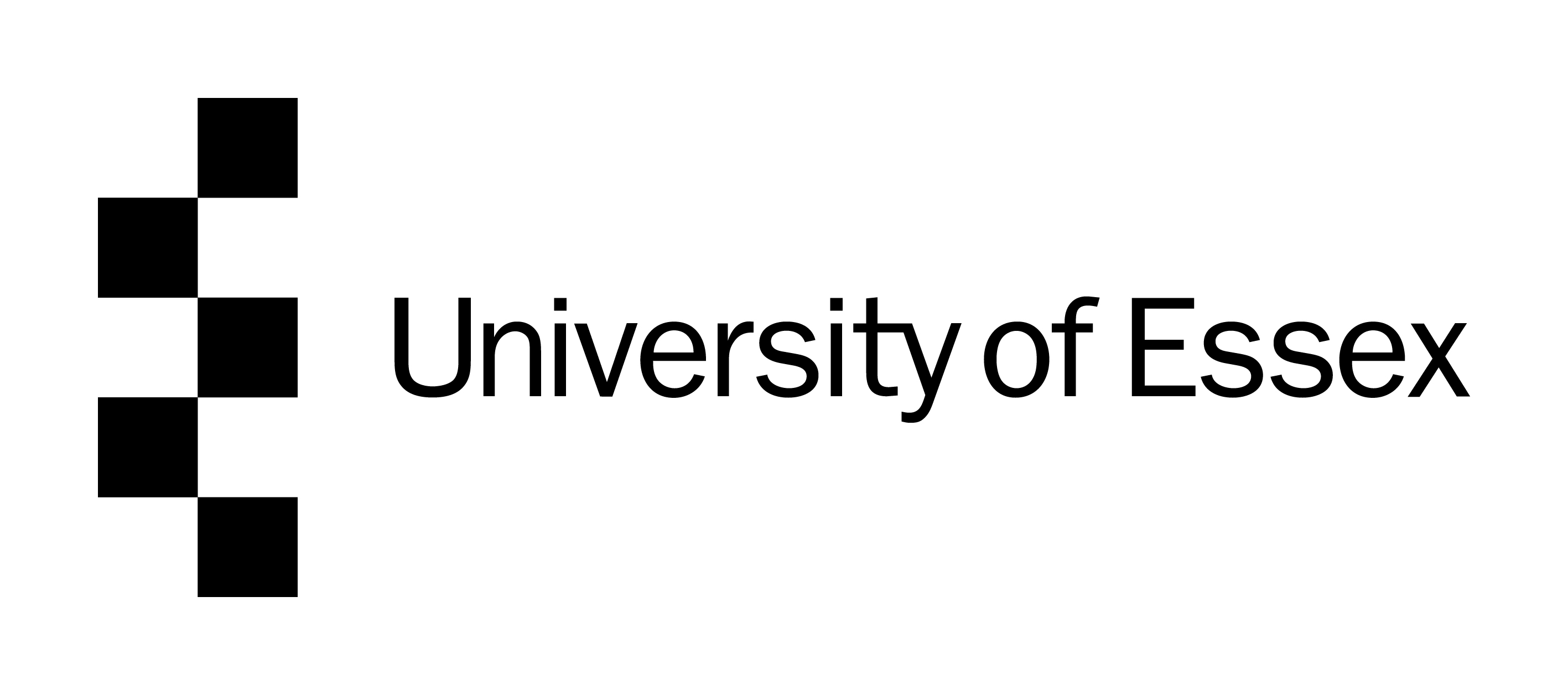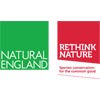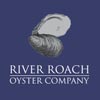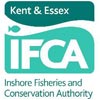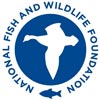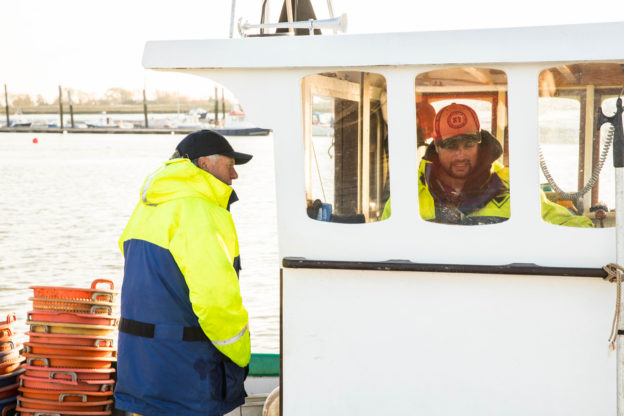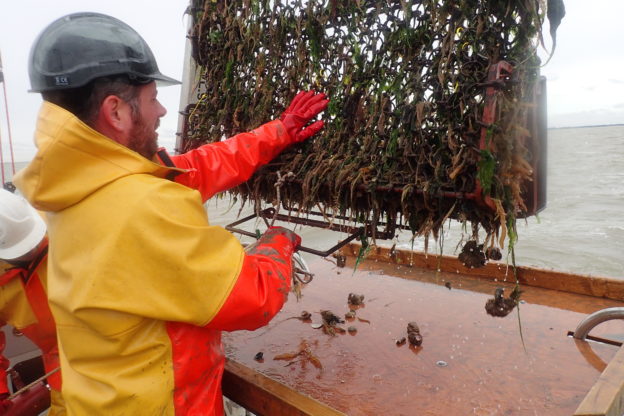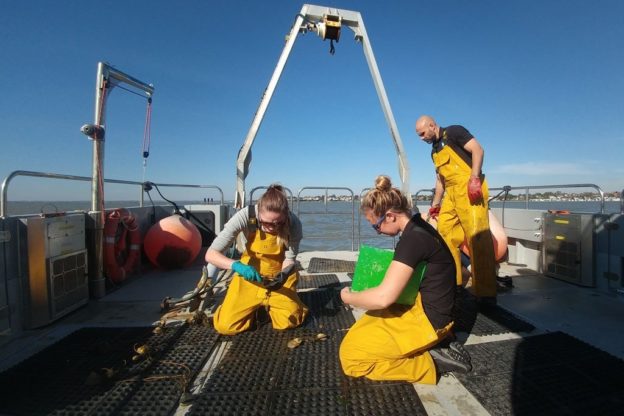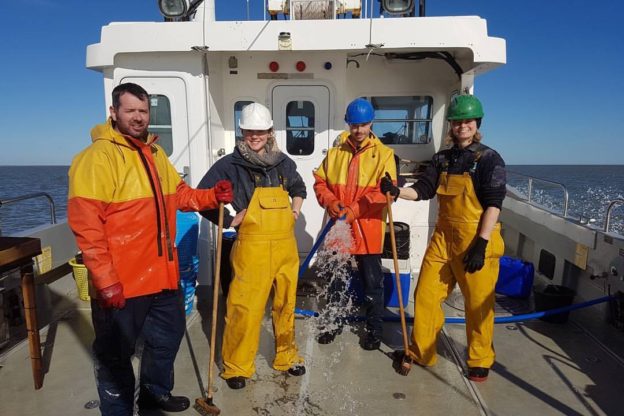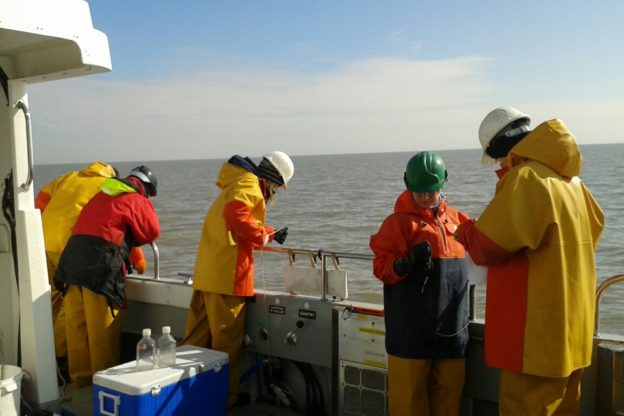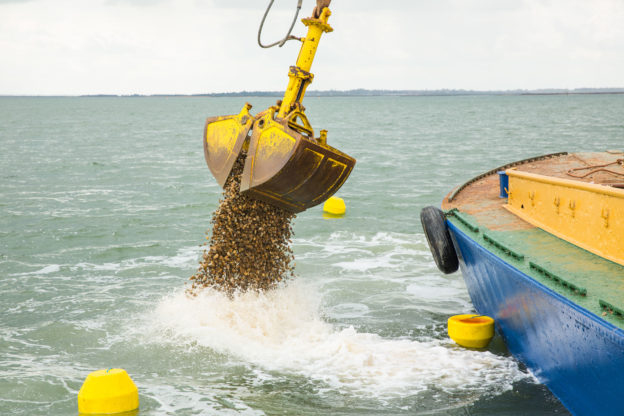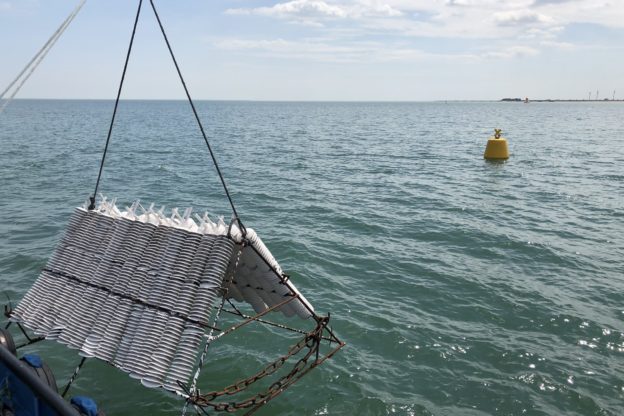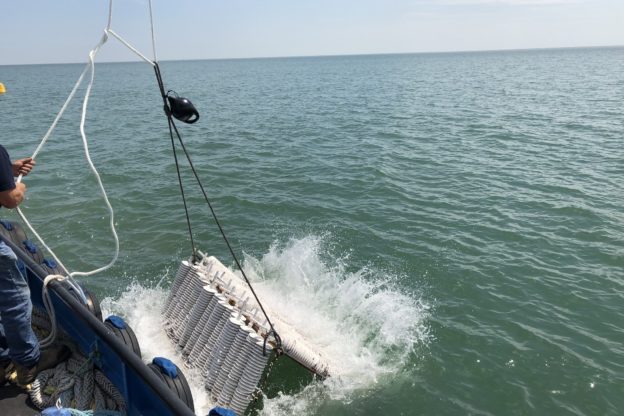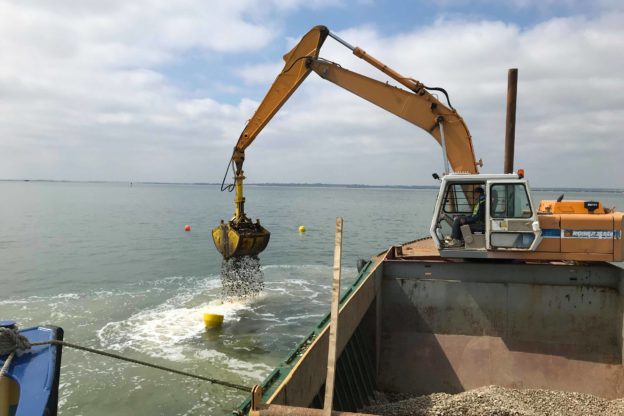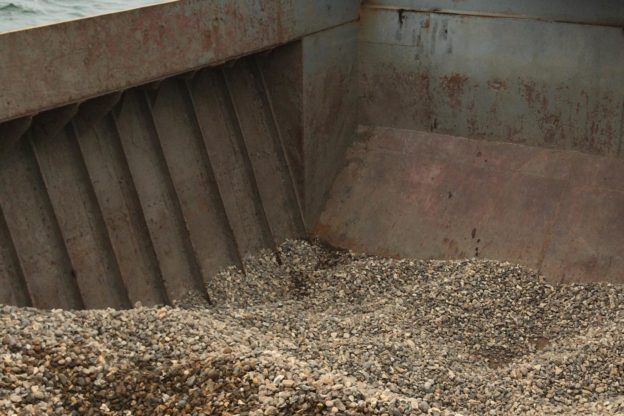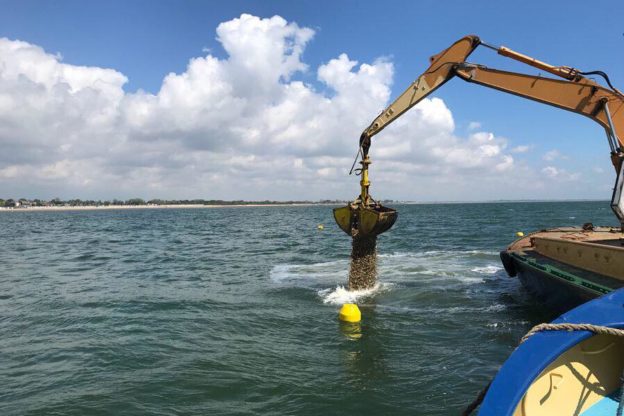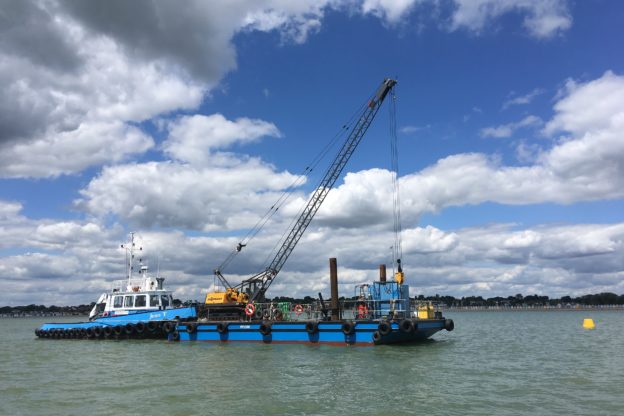WHO WE ARE
The Essex Native Oyster Restoration Initiative (ENORI) is a collaboration between oystermen, government, conservationists and academia.
Together we are working towards the Essex estuaries having self-sustaining populations of native oysters that provide ecosystem services, increased biodiversity and sustainable fisheries whilst recognising their cultural importance. More information can be found on our partners and supporters by clicking on their logos below.
ACHIEVEMENTS
IMPORTANCE
Native oysters (Ostrea edulis) are critically important both ecologically and economically.
As well as being an intrinsic part of our marine life, the native oyster provides us with many ecosystem services – these are the benefits we receive from the natural environment.
Read more about these services below:
BIODIVERSITY
Oyster habitats support a higher biodiversity of invertebrates and fish than surrounding unstructured habitats.
SUPPORTING FISH POPULATIONS
Oyster beds provide valuable nursery habitat for many fish species.
IMPROVING WATER QUALITY
Water quality is greatly improved by oysters filtering out suspended matter.
REDUCING NITROGEN LEVELS
Estuaries tend to have very high levels of nitrates which can be damaging to the environment. Oysters remove these excess nutrients from the water.
HERITAGE VALUE
Native oyster fishing and cultivation have long been at the heart of coastal communities in Essex and can be traced back to Roman-times.
THREATS TO NATIVE OYSTERS
There are fewer than 5% of native oysters remaining in Europe when compared to historic levels.
This decline marks them as exceptionally vulnerable and oyster beds are the most threatened marine habitat in Europe. This is due to historic overharvesting, disease, pollution, habitat loss and competition with invasive non-native species.
RECOVERY
To restore native oysters, we are delivering a range of solutions.
Recovering the native oyster requires a multi-disciplined approach from traditional models and local knowledge to new and innovative restoration methods. Find out more about these solutions in the menu on the right.

HABITAT PROTECTION
The Blackwater, Crouch, Roach and Colne Estuaries were designated as a Marine Conservation Zone in 2013. This 284km2 area – the largest inshore protected area in the UK – is for the recovery of the native oyster and the native oyster beds (habitat).
ADAPTIVE MANAGEMENT
In 2018, the native oyster recovery management plan was formalised in the 2018 Native Oyster Fishery Flexible Permit Byelaw. This provides a mechanism to protect the oyster beds through the 200ha (2km2) Restoration Box but will also allow a sustainable oyster fishery when the oysters have recovered sufficiently.
‘MOTHER OYSTER’ SANCTUARY
The Mother Oyster sanctuary is a 200ha (2km2) Restoration Box where we are translocating mature oysters to improve reproductive success.
IMPROVING THE SEABED
Juvenile oysters need hard substrate to settle on and grow. We are putting back old shell and gravels as cultch onto the seabed in our Restoration Box.
SHELL RECYCLING
We are collecting old oyster shell from restaurants, including from Borough Market, to re-use as cultch to help our native oysters settle and grow.
SUSTAINABLE FISHERY
We closely monitor oyster population levels in the Marine Conservation Zone to see if oyster numbers have recovered sufficiently and are resilient enough to enable a low-level of harvesting without a long-term detrimental impact on the environment.
RESEARCH
The University of Essex is leading research on native oyster ecology and the ecosystem services they provide. Nationally, we are contributing to research on how we can build resistance to the disease bonamiasis.
SUSTAINABLE FINANCES
We are exploring novel, innovative financing mechanisms to find potential, alternative sources of funding for native oyster restoration.
NATIVE OYSTER NETWORK
We have been instrumental in the establishment of the UK Native Oyster Network to share best practice and drive an ecosystem-wide recovery across Europe.
INTERNATIONAL
Through working with The Nature Conservancy, we are supporting the global effort for shellfish restoration. We are also providing technical support to ZSL’s Our Sea Our Life project in Mozambique building livelihood opportunities for women through oyster ranching to reduce the pressure on the sea from fishing.
HISTORY OF OUR NATIVE OYSTER
Our native oyster has been with us for as long as we can see back in our human history.
Below is a timeline showing just how important native oysters have been to us and also some of the threats that they have faced over the years.
SCIENCE AND RESEARCH
ENORI AND OUR PARTNERS ARE CURRENTLY UNDERTAKING COLLABORATIVE RESEARCH PROJECTS BOTH IN THE LABORATORY AND ON THE WATER
Below is a short summary of some of the work that is being done to help the evidence-based restoration of the native oyster in the Marine Conservation Zone.
All pictures were generously provided by the ZSL Digital Team, KEIFCA, Alice Lown and The Tollesbury and Mersea Oyster Company


